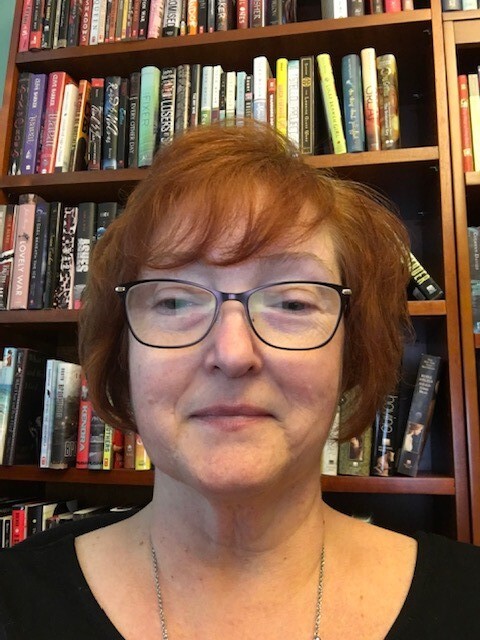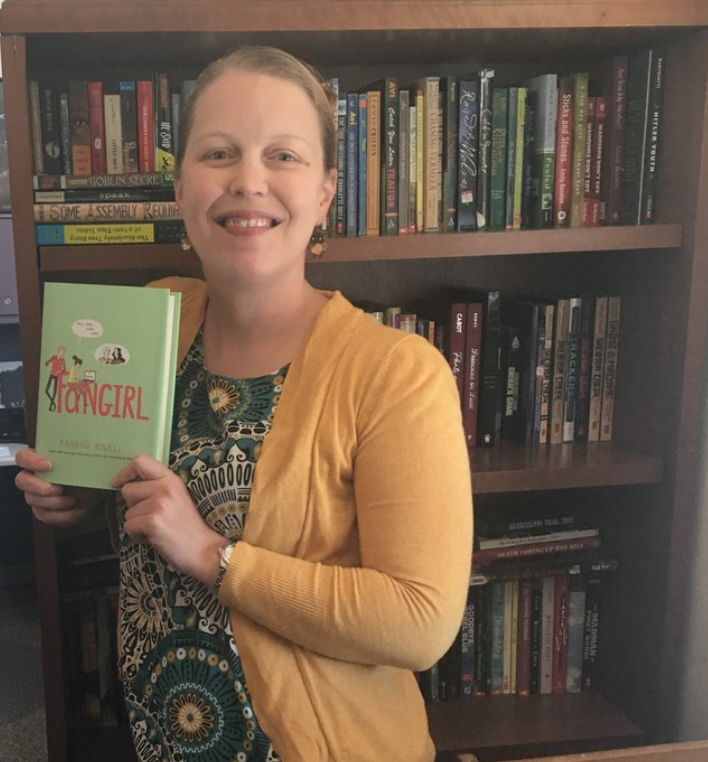Introduction
Pandemic teaching has fostered an explosion of instructional skills. As educators, we were asked, quite literally overnight, to learn strategies and techniques to move our classrooms online. And with that, we made considerable additions to our teaching toolboxes. Then, we went hybrid. More additions. Now, most of us are back to in-person teaching but with the looming threat of hybrid or virtual teaching always lurking. This ever-changing teaching experience has left many practitioners confused on where to start and what to use in our classrooms as we attempt to support the unprecedented learning and social emotional needs of our students.
Back to Paper
In my district, we’ve noticed that while there is certainly a place for all of the dazzling new digital tools, kids need human contact and lots of opportunities to productively struggle with the content as they practice making meaning. We’ve observed kids at all grade and knowledge levels experience screen fatigue, challenges with remembering information, and a lack of educational engagement in general, but most especially when the content is being delivered 100% digitally. As a result, teachers have begun to shift the balance by heavily limiting screen time in class and choosing tools that take us “back to paper.” Here I will share one example of going “back to paper” using the YA novel Sold, by Patricia McCormick.
What does this look like in the ELA classroom?
During all-virtual teaching, teachers in my district relied heavily on Google classroom to help support learning. This was especially important as we tried to engage learners who were too shy to turn on their cameras in class, had attendance challenges, or struggled to utilize all of the technology. We used the chat stream and Google meets for discussions, and even began making digital classrooms for individual groups to foster spaces where students could access resources and have more private small group conversations about the texts they were reading.
We have now returned to more traditional methods, but have also brought forward our digital learning. While we still house everything in Google classroom, we’ve moved towards utilizing resources that marry our favorite digital options to best practice paper processing tools. Oftentimes this means creating and sharing resources using tools like Loom or Padlet, and then giving students opportunities to make meaning using more tactile options. In this way, we are able to support students who are out for long term COVID quarantines or other absences, but still provide lots of in class interaction for those folks who can come to school.
For example, in the unit where students read Sold in literature circles, teachers shared videos using Loom to walk students through digital text that helped build background knowledge on human trafficking. This resource could be accessed by all students in Google classroom, but teachers were intentional about having them not use a digital tool to process information. Instead, instructors embraced old standbys like Cornell notes and student led small group discussions.
Going “Back to Paper” Tools We Love This Year
- Focused Notes-Most recently, the Grade 10 ELA team identified that we wanted students to spend more time processing non-fiction ELA content while creating a record of their thinking. Focused notes were a perfect tool that brought students back to paper, while also giving them static resources in the digital realm. Click here to access the slide deck we used. Note that it is a teacher facing document and that resources are in both Spanish and English.
- Sketch Notes It is always an ELA teacher’s goal to get students to engage more deeply with text. However, this year it seems like it is more challenging than ever. My ELA team found that using sketch notes each week as part of a novel study was an excellent tool for not only comprehension of text, but for richer analysis and small group discourse. During the Sold unit, students used this tool to help clarify and explore the complex themes presented in the novel with their peers in their small groups.
- Hexagonal Thinking- At the end of the Sold unit my team used the hexagonal thinking strategy to have students organically connect plot points and major themes in the novel to help them prepare for their final essay. This allowed students to synthesize information in a creative and engaging way. For example, one group of students was able to delve deeper into their own experiences with misogyny and oppression after connecting the events that Lakshmi, the protagonist in Sold, experiences, even though they come from different cultures and time periods.
In these uncertain times, these crossover tools allow teachers to easily pivot between best practice strategies that meet a multitude of needs, despite the delivery method of instruction, students’ academic level, or text type, all while creating the conditions for deeply engaged learning experiences.




 RSS Feed
RSS Feed